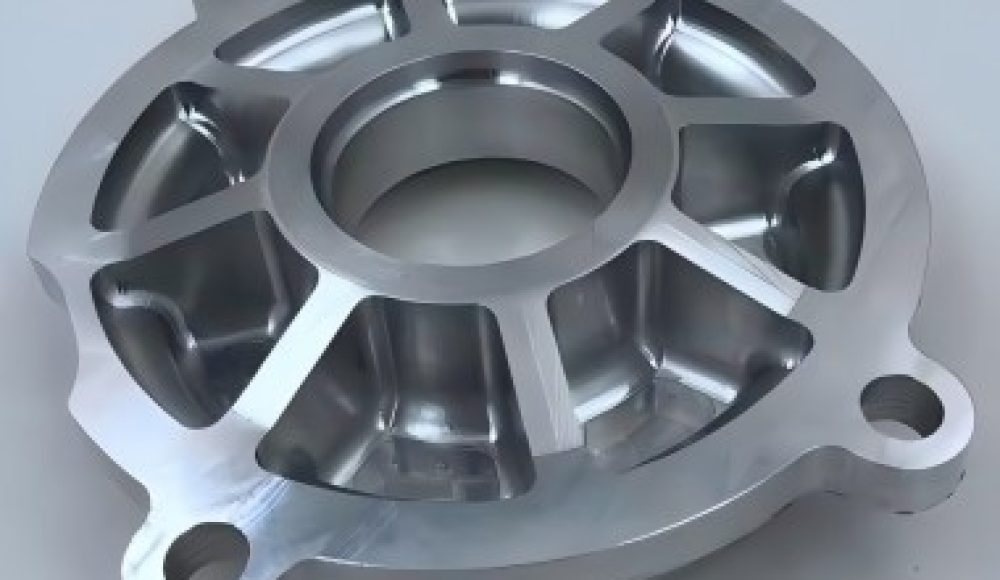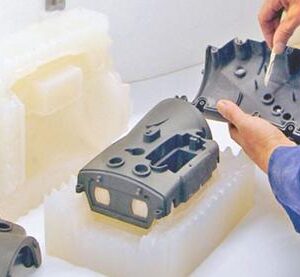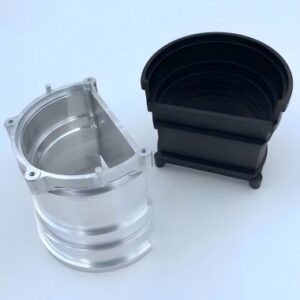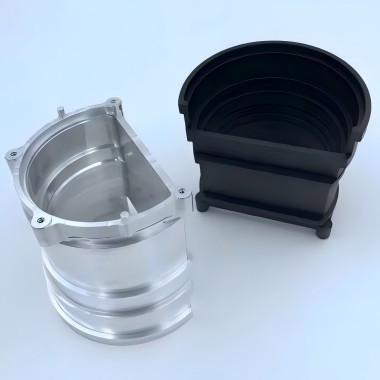Numerical control milling is a method of milling by computer program control of machine tools. The following is a detailed introduction to CNC milling:
Definition and principle
Definition: CNC milling uses a rotating multi-edge tool to cut the workpiece, is an efficient processing method. When working, the tool rotates (for the main movement), and the workpiece moves (for the feed movement); The workpiece can also be fixed, but at this time the rotating tool must also move (complete the main movement and feed movement at the same time).
Principle: In CNC milling, through pre-written programs, the use of computers to control the movement of the machine tool, including the spindle speed, feed speed, tool use sequence and the tool path of each tool, to achieve accurate milling of the workpiece.
Characteristics and advantages
High precision and consistency: CNC milling enables very precise tolerance control to ensure part consistency.
Efficient production: Increase production efficiency and speed through automation.
Complex geometry processing: Ability to handle complex shapes and designs, including more complex machining using multi-axis machines.
Diverse materials: can be used with a variety of metals, plastics, composite materials, etc.
Reduce waste: Precise material cutting reduces waste.
Automation: Reduces the need for manual intervention, reduces labor costs and improves quality control.
Flexibility: Easily ADAPTS to design changes for a wide range of applications.
Surface quality: Provides a good surface finish, which can be further enhanced if needed.
Application field
CNC milling is widely used in manufacturing, especially in the fields of aviation, automotive, electronics and medical equipment. It can process complex curved surface and curve structure to meet the processing needs of various high-precision parts.
Processing objects and programming characteristics
Processing objects: The main objects suitable for CNC milling are plane parts, small parts and curved parts. Plane parts mainly refer to parts whose processing surface is parallel or perpendicular to the horizontal plane, and the Angle between the horizontal plane is a fixed value; The curved part refers to the part whose mold surface is space and cannot be spread into a plane.
Programming characteristics: The programming characteristics of CNC milling machine can realize plane milling and contour milling, and has a variety of interpolation methods (such as linear interpolation, circular interpolation, etc.) to simplify programming.
Operation process
The operating process of CNC milling usually includes:
Numerical control milling process analysis.
Nc programming for NC milling.
The CNC milling process inputs the program into the CNC system.
CNC milling check and first cut.
CNC milling machining parts.
Matters needing attention
When conducting CNC milling, the following matters need to be noted:
Ensure accurate position of workpiece relative to tool.
Adjust the fixture, tool and table to ensure the accuracy and stability of the processing.
Follow safe operation procedures to avoid accidents.
In summary, CNC milling is an efficient, accurate and flexible machining method, which can meet the machining needs of various complex shapes and high-precision parts.







